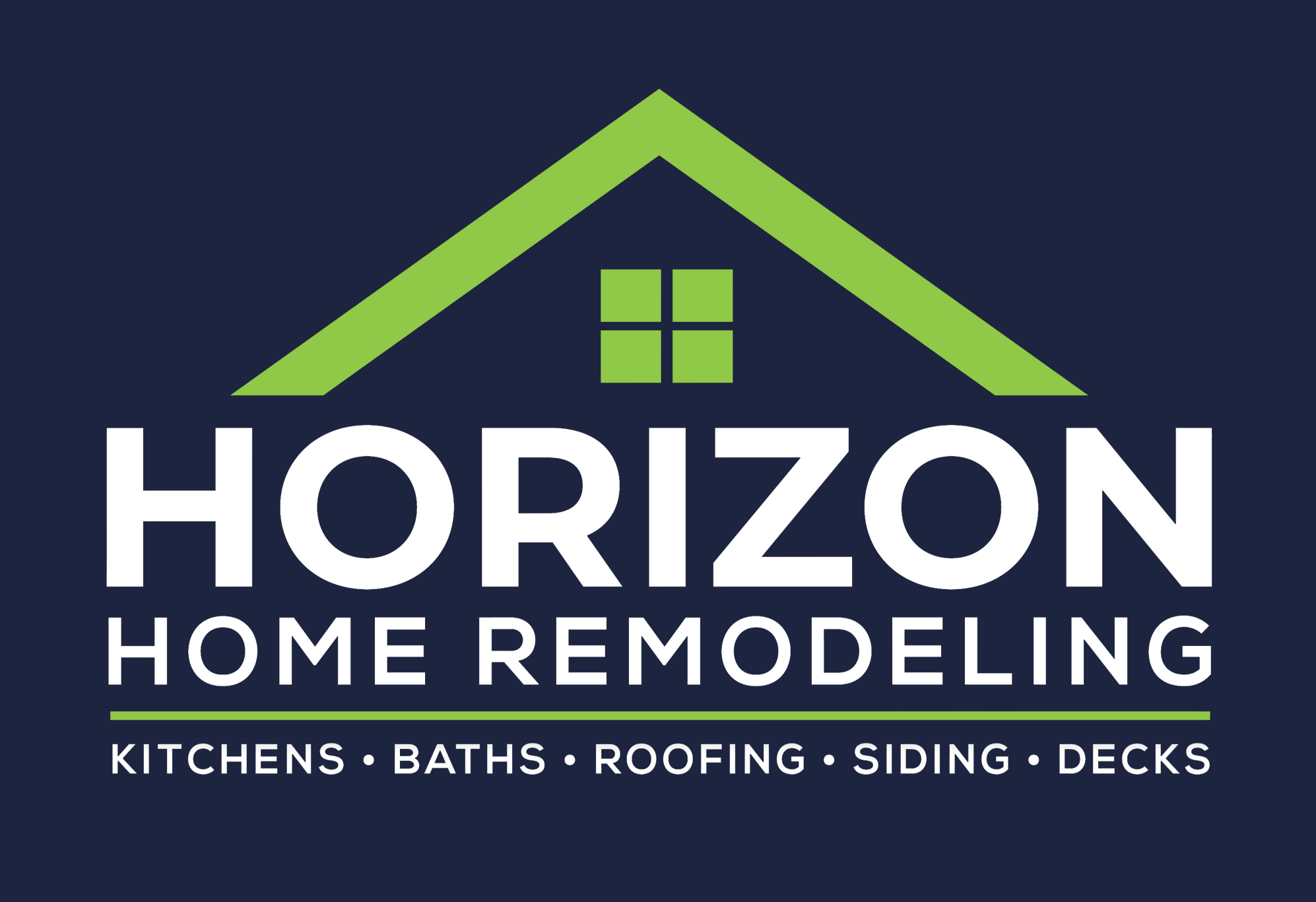The kitchen has long been regarded as the heart of the home, a place where families gather, meals are prepared, and memories are made. As we step into 2025, homeowners are increasingly pushing the envelope with innovative kitchen designs that reflect modern lifestyles and aesthetics. From smart technology to eco-friendly materials, this article explores the top kitchen remodel trends that are transforming spaces and enhancing functionality.
The Rise of Smart Kitchens
As technology becomes more integrated into our daily lives, smart kitchens are emerging as a dominant trend in home remodeling. Smart kitchens leverage IoT (Internet of Things) devices to provide enhanced convenience and efficiency. Homeowners are looking for ways to simplify meal preparation and kitchen management. Here are some key features of smart kitchens:
- Smart Appliances: Refrigerators that monitor inventory and suggest recipes, ovens that can be preheated remotely, and dishwashers that track energy usage.
- Voice Control: Systems like Amazon Alexa or Google Assistant can control lighting, appliances, and even music, allowing for a hands-free cooking experience.
- Integrated Sensors: Smart sensors can detect when food is spoiled or alert homeowners if any appliances are left on.
According to a report by Future Market Insights, the smart kitchen appliance market is expected to grow at a CAGR of 21.1% from 2025 to 2030, indicating a strong trend toward automation in kitchen spaces.
Eco-Friendly Materials and Sustainable Practices
Sustainability continues to be a guiding principle in kitchen remodels. Homeowners are increasingly prioritizing eco-friendly materials and sustainable practices in their kitchen designs. This trend not only reduces environmental impact but can also lead to long-term cost savings. Key components include:
- Bamboo and Cork: These materials are not only renewable but also durable and aesthetically appealing.
- Reclaimed Wood: Using recycled materials provides a rustic charm while minimizing waste.
- Low-VOC Paints: Homeowners are opting for low or zero volatile organic compound paints to ensure better indoor air quality.
Statistics from the National Association of Home Builders (NAHB) show that over 70% of homeowners consider sustainability as an essential factor in their remodel decisions. Investing in eco-friendly options ultimately enhances the value and appeal of a property.
The Aesthetic of Open Spaces
An open kitchen design fosters connectivity and flow between different areas of the home. This layout encourages interaction among family members and guests, making it ideal for entertaining. Key characteristics of open kitchen designs include:
- Island Integration: Kitchen islands serve as multi-functional workspaces that can also accommodate seating.
- Flow to Living Areas: Integrated spaces allow for a seamless transition between cooking, dining, and relaxation areas.
- Natural Light: Large windows or skylights enhance the overall ambiance of the space.
The open concept design trend has been prevalent since the early 2000s, but it continues to evolve. A recent survey by Houzz revealed that 60% of homeowners prefer an open layout, emphasizing its enduring popularity.
Color Palettes that Inspire
Color trends in kitchen remodeling significantly influence the overall atmosphere of the space. In 2025, homeowners are gravitating toward bold, dynamic color schemes to express their unique tastes. Some popular color trends include:
- Deep Greens and Blues: These shades bring a sense of calm and tranquility, reminiscent of nature.
- Warm Neutrals: Beige, taupe, and soft whites create a cozy and inviting environment.
- Accent Colors: Bright colors like mustard yellow or crimson red for cabinets or appliances add a striking contrast.
A report by Pantone reveals that 2025’s color of the year is “Verdant Green,” reaffirming the trend toward nature-inspired hues.
Multi-Functional Spaces
With more people working from home, the kitchen has become a multi-functional hub that often doubles as an office space. Homeowners are looking for creative ways to incorporate workspaces into their kitchens without sacrificing style or functionality. Innovative designs are emerging, such as:
- Integrated Desks: Small desks or workstations embedded within kitchen islands or cabinetry.
- Convertible Furniture: Tables and surfaces that can be adjusted for dining or work purposes.
- Hidden Storage: Clever storage solutions that keep the workspace organized and clutter-free.
According to a survey from the American Institute of Architects (AIA), approximately 40% of homeowners prioritize multi-functional spaces in their kitchen remodels, showcasing the shift toward versatility.
Emphasizing Open Shelving
Open shelving has gained significant traction in kitchen design, moving away from traditional closed cabinetry. This trend can create a more open feel and promote easy access to cookware and dishes. Key benefits of open shelving include:
- Display Opportunities: Allows homeowners to showcase beautiful dishware and decor.
- Space Optimization: Makes a small kitchen feel larger and less cramped.
- Accessibility: Easier access to everyday items reduces the time spent searching through cabinets.
Research from the National Kitchen and Bath Association (NKBA) indicates that 50% of designers now include open shelving in their designs, emphasizing the trend’s growing popularity.
Innovative Lighting Solutions
Lighting plays a crucial role in the functionality and aesthetics of kitchen spaces. In 2025, creative lighting solutions are more important than ever. Homeowners and designers are focusing on:
- Layered Lighting: Combination of ambient, task, and accent lighting to create a well-lit space.
- Pendant Lights: Eye-catching fixtures over islands and dining areas serve as design statements.
- Smart Lighting: Adjustable lighting systems controlled via smartphone to enhance mood and efficiency.
According to the American Lighting Association, well-planned lighting can increase a home’s efficiency by up to 40%. This makes thoughtful lighting design not just a trend, but also a practical investment.
Case Studies of Successful Kitchen Remodels
To better understand these trends, let’s examine a couple of inspiring case studies:
Case Study 1: Modern Smart Kitchen Renovation
A homeowner in California decided to remodel their outdated kitchen using smart technology. They installed a Wi-Fi-enabled refrigerator, smart oven, and a voice-activated speaker system. The remodel included an open layout, making it easier to host family gatherings. The result was a stunning, functional kitchen that received rave reviews from family and friends.
Case Study 2: Eco-Friendly Kitchen Transformation
Another homeowner in Oregon focused on sustainability, opting for bamboo cabinetry and low-VOC paints. They also incorporated energy-efficient appliances and created a compost station to reduce waste. This eco-friendly kitchen not only improved the home’s carbon footprint but also added significant resale value, increasing the property’s market worth by 15% shortly after the remodel.
Conclusion: The Future of Kitchen Design
As we navigate through 2025, the kitchen remodel trends are a reflection of changing lifestyles and values. Homeowners are prioritizing smart technology, sustainable practices, open layouts, vibrant colors, multi-functional spaces, and innovative lighting. These trends do not just enhance the aesthetics of a kitchen but also significantly improve functionality and livability.
Whether you’re planning a complete remodel or simply looking to refresh your space, incorporating some of these trends can elevate your kitchen to new heights. The kitchen of today and tomorrow is not just a place for cooking; it’s a multifunctional space that fosters connection, creativity, and comfort.



